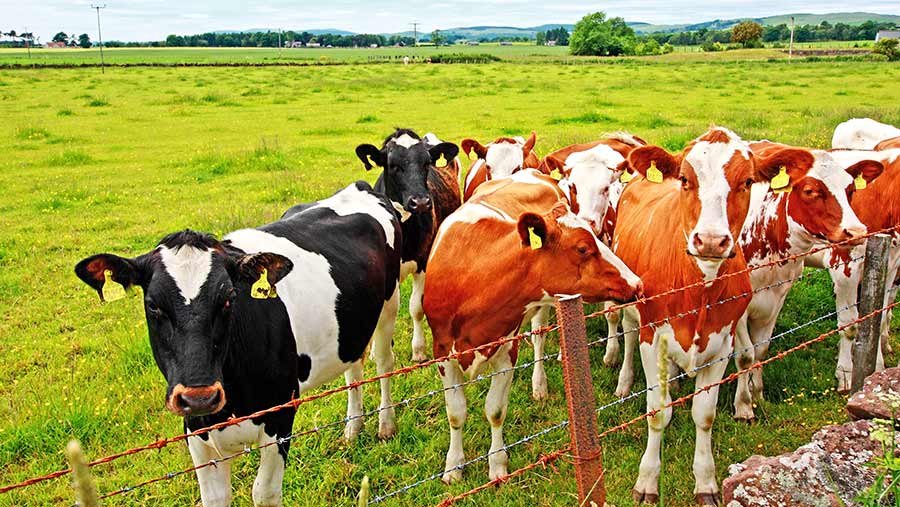Scottish farm incomes reach 10-year high
 © Juliet Photography/Adobe Stock
© Juliet Photography/Adobe Stock Farm incomes in Scotland reached their highest level in a decade in 2021-22, after adjusting for inflation, driven mainly by increases in the dairy and arable sectors.
The figures, which are taken from the 2021-22 Farm Business Survey (FBS), put the average profit at about £50,000 on Scottish farms. This was up by more than £11,000 on the previous year.
See also: Mairi Gougeon reappointed as Scots rural affairs secretary
However, the FBS data only cover the 2021 cropping year and the 2021-22 financial year, so do not reflect the effects of the war in Ukraine, which drove up both input and output values during 2022.
Encouragingly, the 2021-22 costings show that, for the first time in 10 years, the average farm would have been profitable without support payments – to the tune of £5,100, though this was only after including £6,000 worth of diversified activities.
Conversely, 56% of farms would still have made a loss in 2021-22 without support.
“Support payments are a key source of revenue for many livestock farms, especially those in less-favoured areas,” said a government spokesman.
“Current support payments are intended to allow farms to remain in business and be an active part of their local community.”
The results show that commercial dairy farms had a particularly good year, driven mainly by increased milk prices, with an average income estimated at £162,100.
Average cereal farm income also reached a record high, driven by high wheat and barley output.
But while profits increased in 2021-22, so too did total input costs, which were up 6% to £225,200 for the average farm.
“This returns to the trend of increasing input costs seen across recent years, which have reflected industry-wide cost pressures,” said the spokesman, adding that the figures do not reflect more recent price volatility.
NFU Scotland observed that cattle and sheep producers in the Less Favoured Areas (LFA) continued to make a loss without taxpayer support.
“The increased total output of livestock could be accounted by the increased efficiencies driven on farm by farmers and crofters,” said livestock policy advisor Lisa Hislop.
“This does not diminish the importance of coupled support schemes for beef calves and upland ewe hoggs, or the vital LFA support scheme.
“Such schemes offer a lifeline to those primary producers who are price takers with open ended input costs, and unable to capitalise on market trends or uplifts as we have seen earlier this year.”
